It happened just a block from where I live. Men brandishing firearms burst into the home of Rev. Hugh D. Fisher, searched for him in vain (he was hiding in the cellar), plundered the house and then set it on fire.
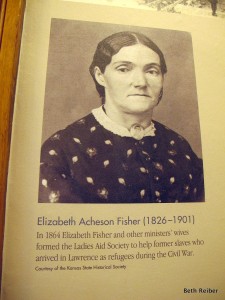
Flames caused the roof and upper and lower floors to cave in, and yet still, with a six-month-old baby in her arms, Elizabeth Fisher worked furiously to extinguish flames closest to her husband’s hiding place. Then, while pretending to salvage some possessions, she managed to conceal Mr. Fisher with a carpet and drag him over to a weeping willow draped with morning glory. He survived. Others were not so lucky.
Two teenage clerks were killed after being ordered to open the store’s safe. The mayor died as he hid in a well, suffocating from the fire that burned down his house. A judge, married less than a year, was shot; when his young wife tried to shield him from further harm with her body, a guerilla lifted her arm and shot her husband in the head. A German blacksmith, hiding in a cornfield with his young child, was discovered when the child began to cry and was shot to death, the child still in his embrace.
Altogether, about 180 men and teenage boys were killed in the abolitionist town of Lawrence, Kansas, that fateful morning on August 21, 1863 (the exact number of victims is unknown). The surprise attack by William Clark Quantrill and his band of 400 pro-slavery ruffians from Missouri was the culmination of armed clashes and atrocities that had been committed by both sides of the pro- and anti-slavery conflict. They began after the 1854 Kansas-Nebraska Act opened Kansas for settlement and intensified in 1861 when Kansas was admitted to the Union as a free state just before the Civil War began.
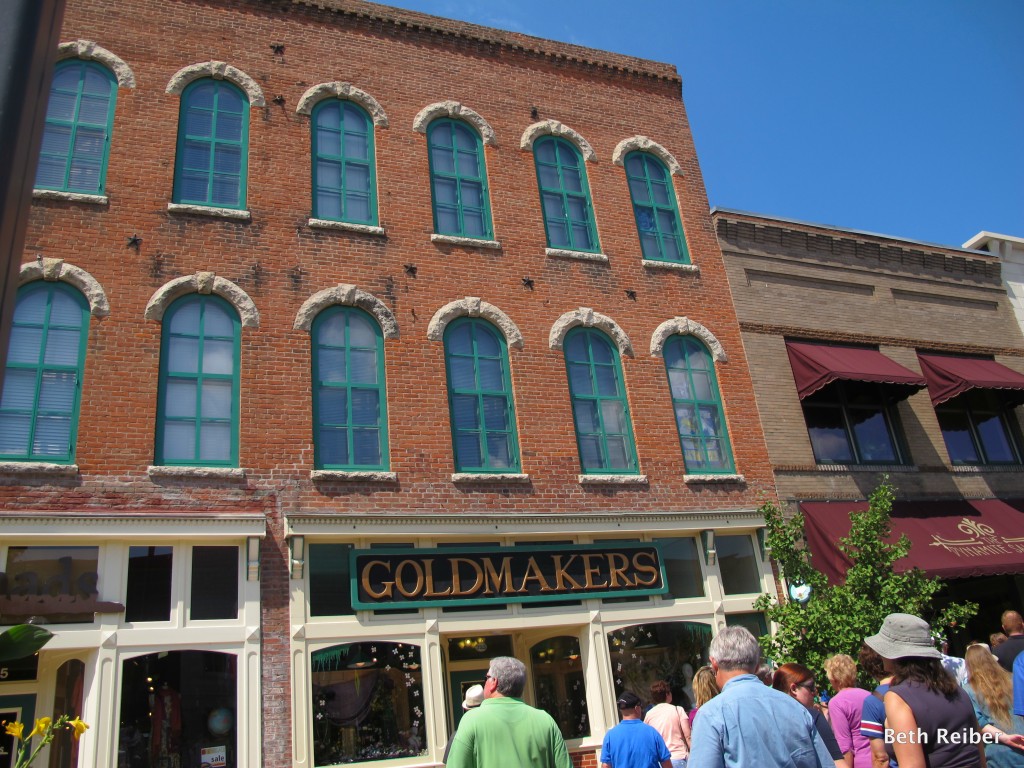
When Quantrill and his men rode out of town after four hours of terror, they left behind 85 widows and 250 fatherless children, a downtown that was razed save for a few buildings, and about 185 homes burned to the ground. Quantrill’s raid was so horrific, the New York Times ran an article about the massacre on its front page.
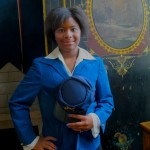
A good place to learn about Quantrill’s raid is the Watkins Community Museum of History, where visitors can also learn about the founding of Lawrence by East Coast abolitionists, the Bleeding Kansas years, the personal histories of victims and survivors, and how the massacre influenced Lawrence’s development into a town noted for its activism. In addition to paintings, photographs, signboards and artifacts, an interactive touchscreen lets visitors trace Quantrill’s route on a map and view documents and pictures relating the stories of that horrific morning.
Other places to learn more about area history is the Lawrence Visitors Center, where you can pick up a pamphlet outlining a self-driving tour of Quantrill’s raid. You can also get information about the Freedom’s Frontier National Heritage Area, which takes in the border war between Kansas and Missouri and provides documentation on historic events and sites in 41 counties in both eastern Kansas and western Missouri.
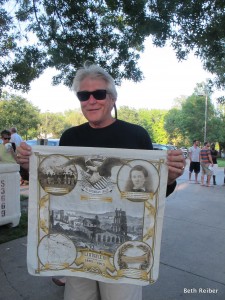
Local historian Katie Armitage, author of “Lawrence Survivors of Quantrill’s Raid,” said that after tracing the lives of about 50 surviving widows to see how they coped without male breadwinners in a frontier town, she grew to respect their strength of character and perseverance in rebuilding their lives. And it’s to the survivors, she added, that we owe remembrance.
“Those who lived through the raid wanted us to know and were determined that we wouldn’t forget,” Armitage said, referring to survivor reunions as late as 1913 and to a monument raised in 1895 in Oak Hill Cemetery where many victims are buried. “They made such an effort, I think it’s our responsibility to remember.”
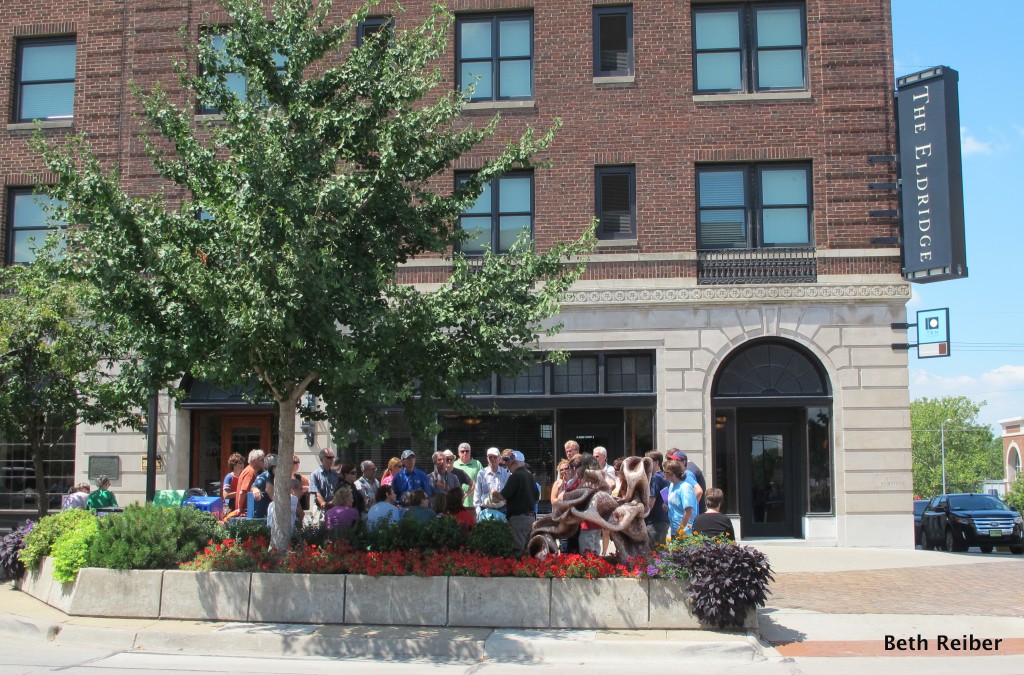
For more information on the conflicts leading up to the border war and Quantrill’s raid, see my article It Wasn’t Called Bleeding Kansas for Nothing.
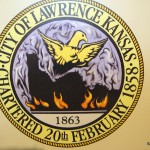
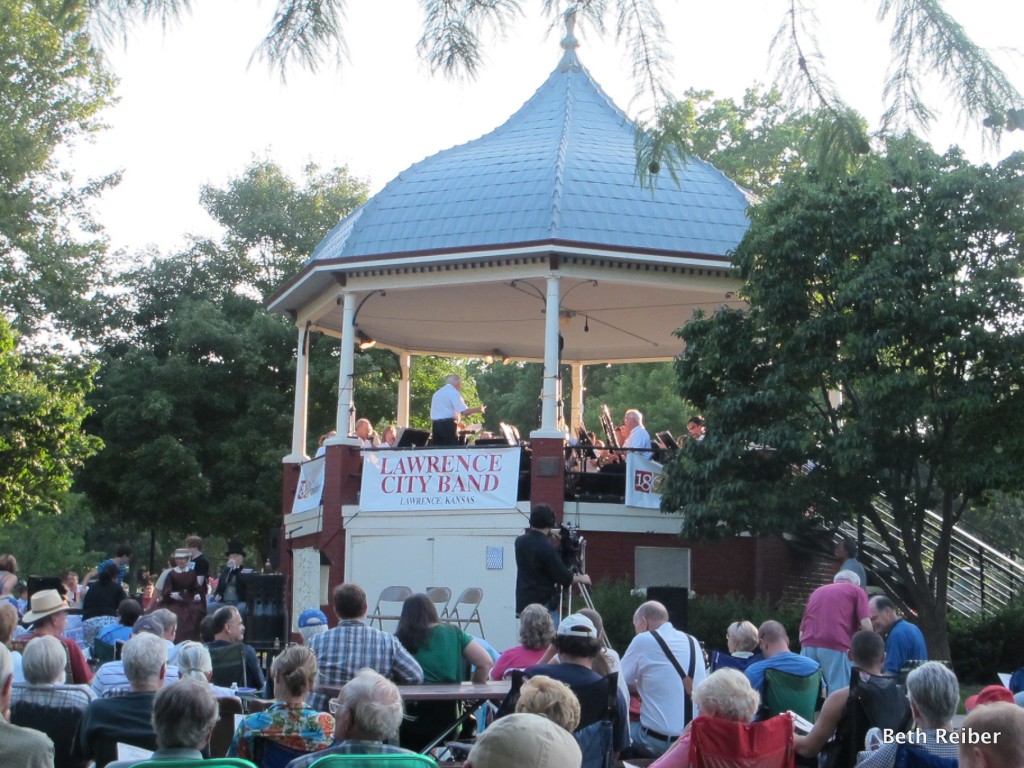
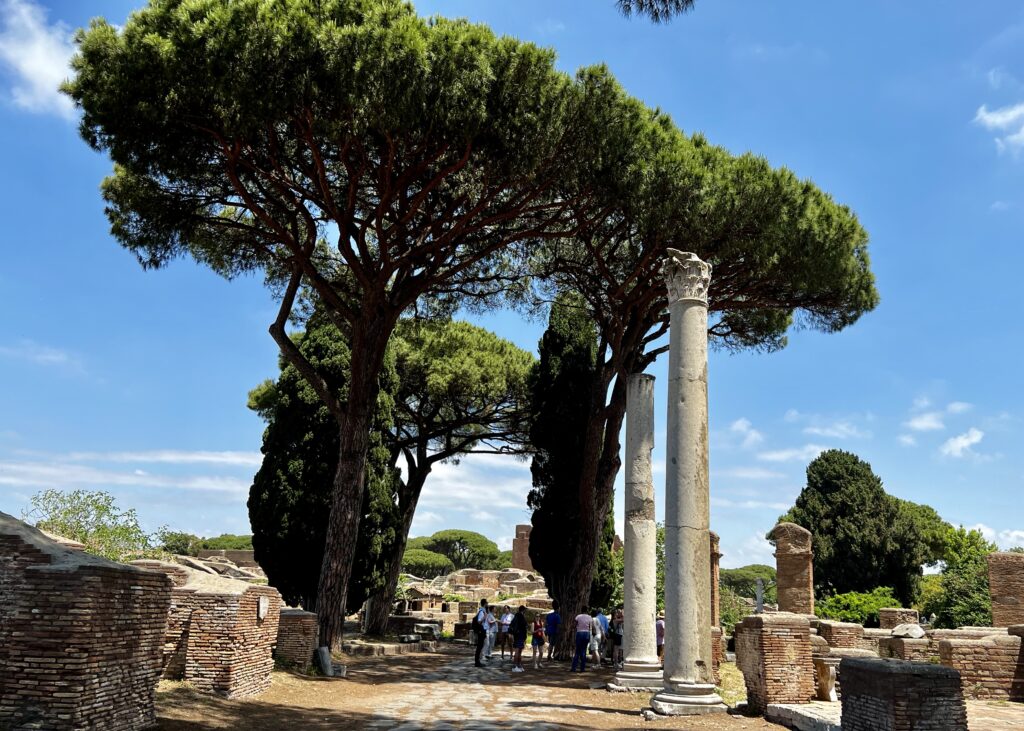

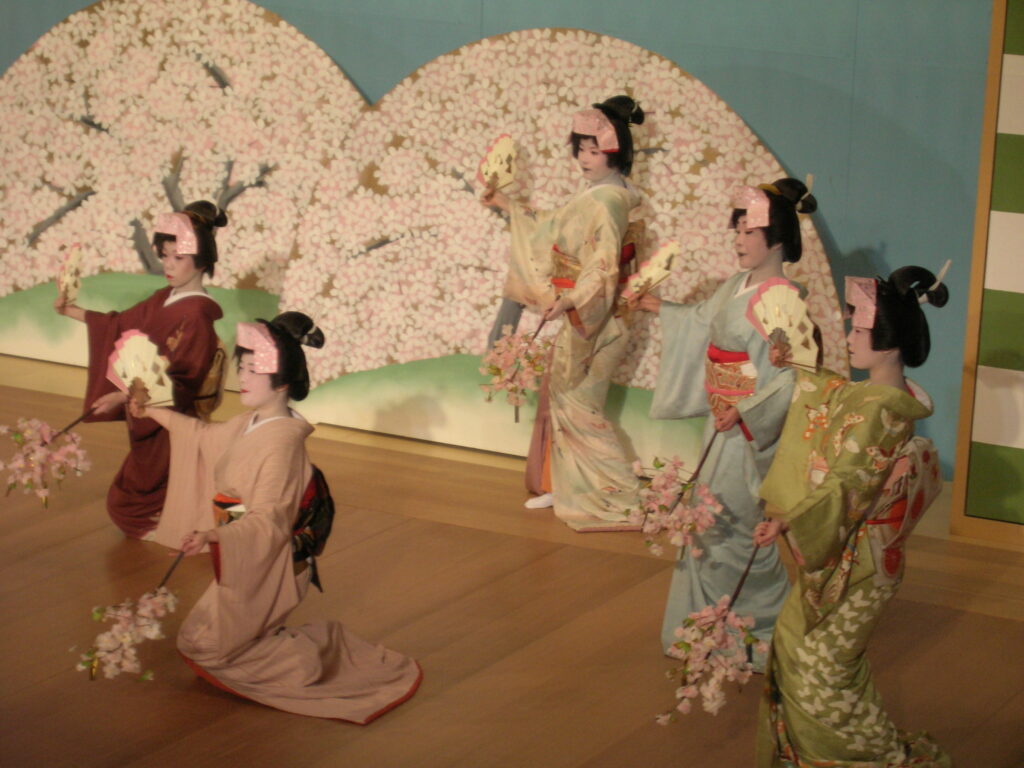
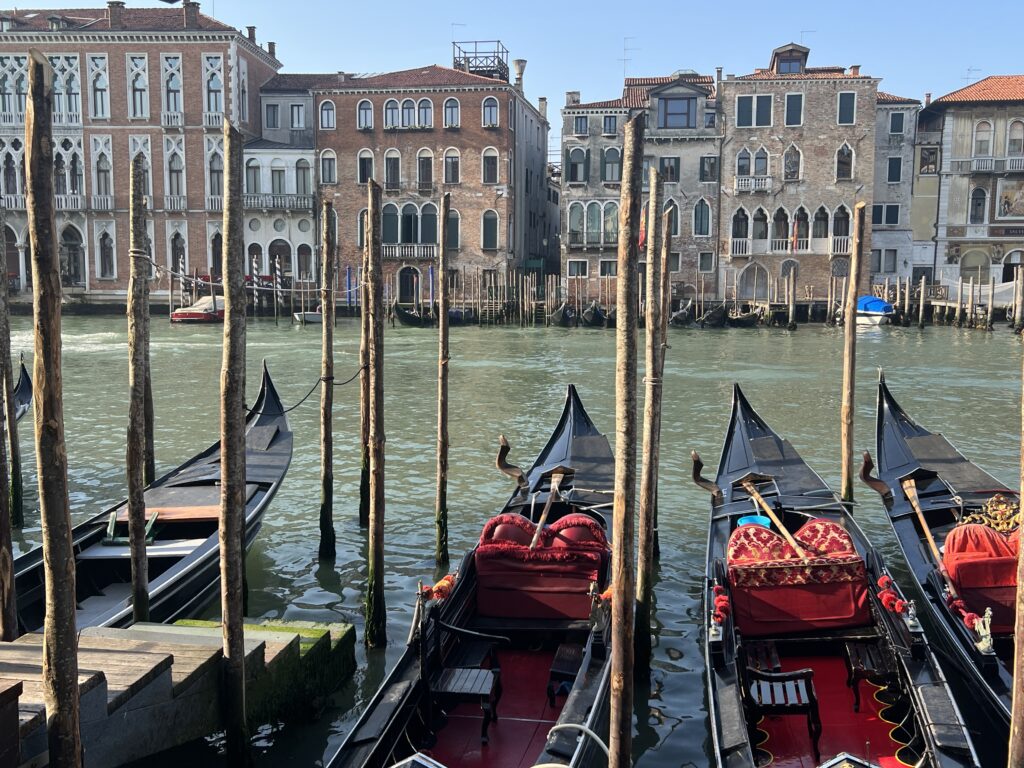

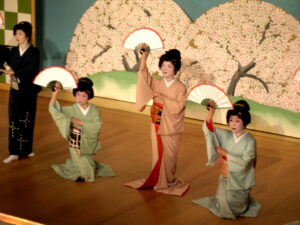
1 thought on “A Kansas Town Remembers a Massacre”